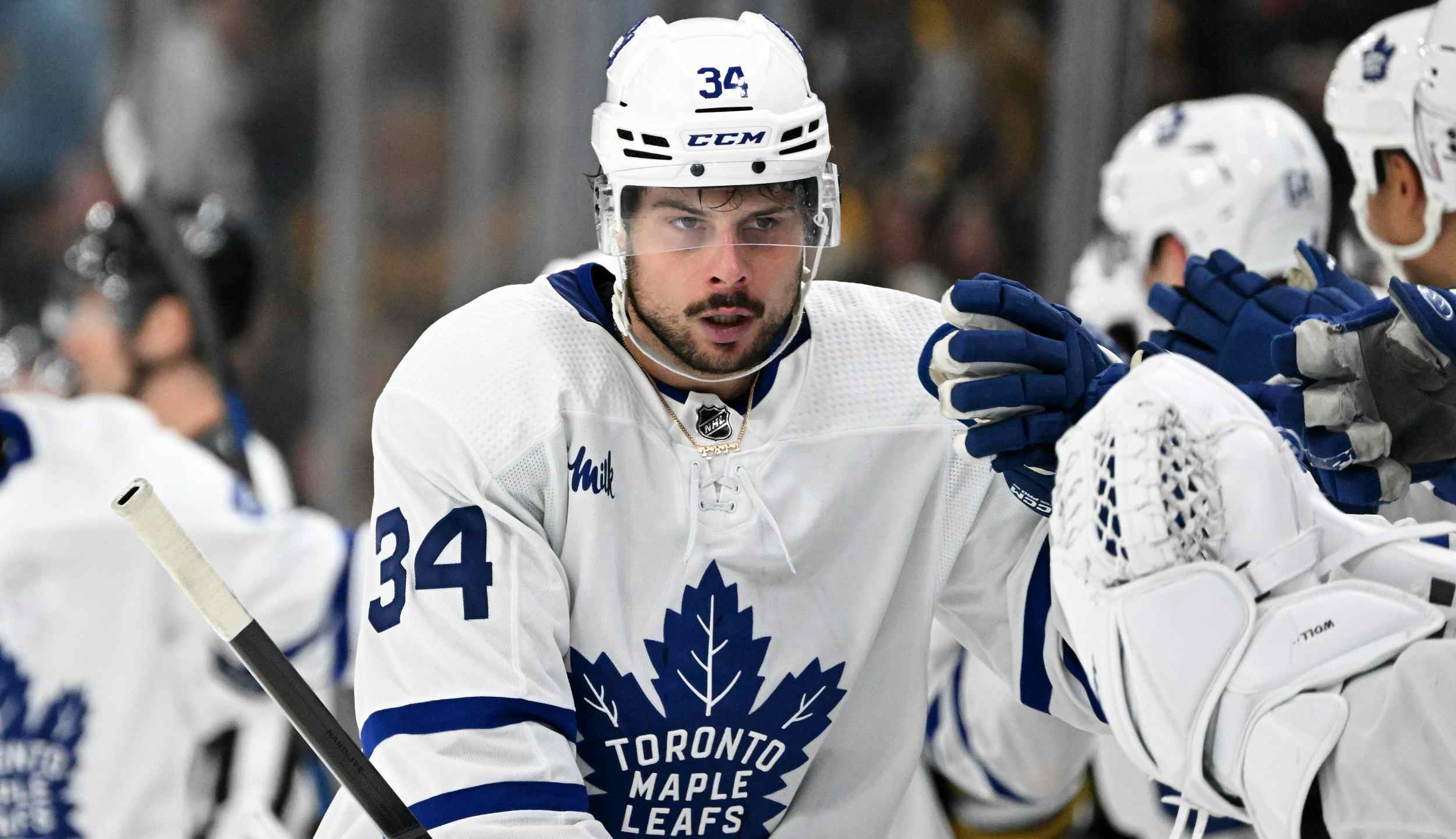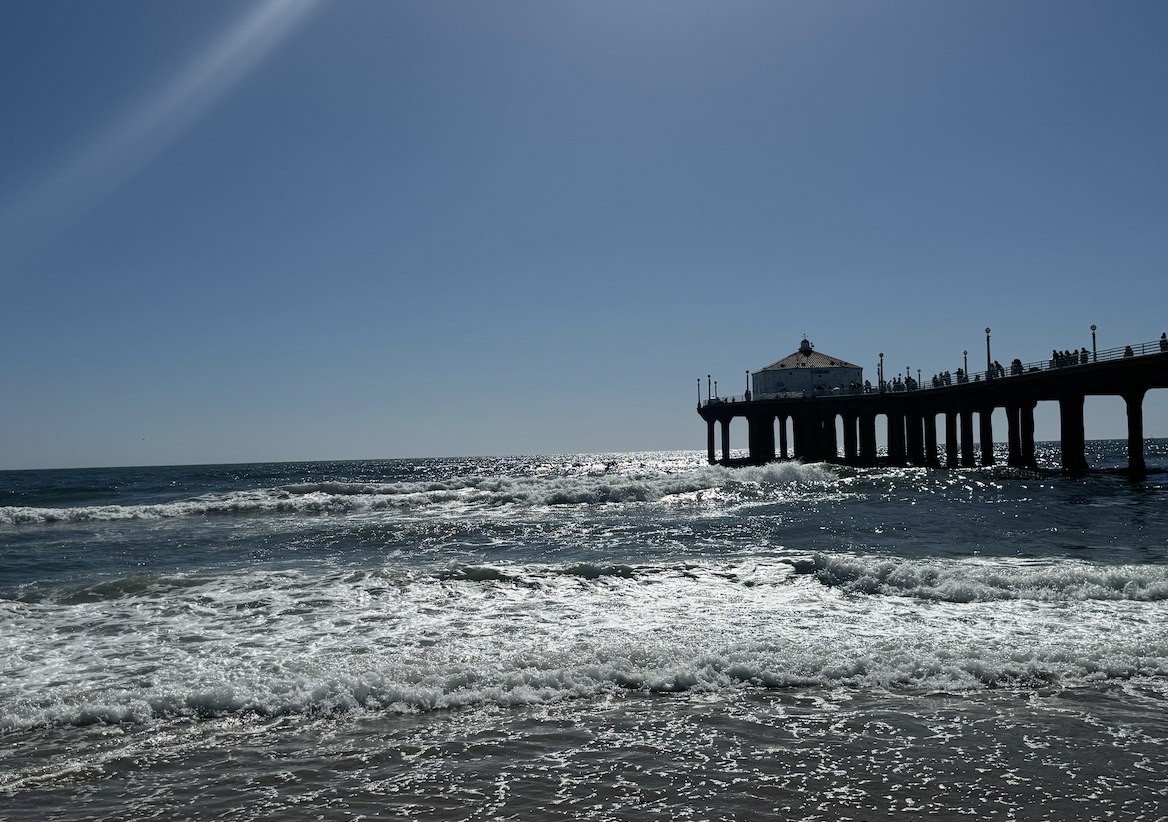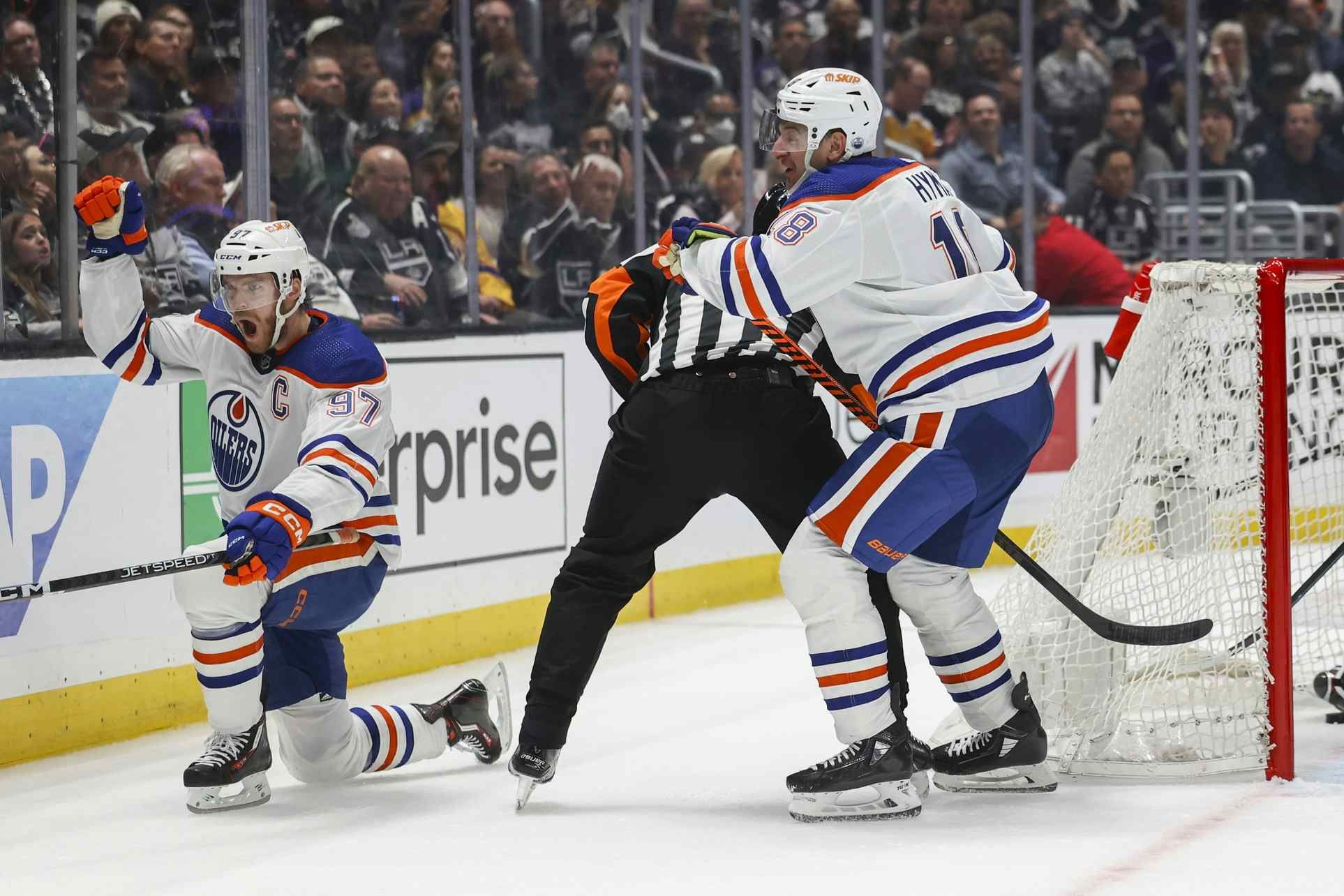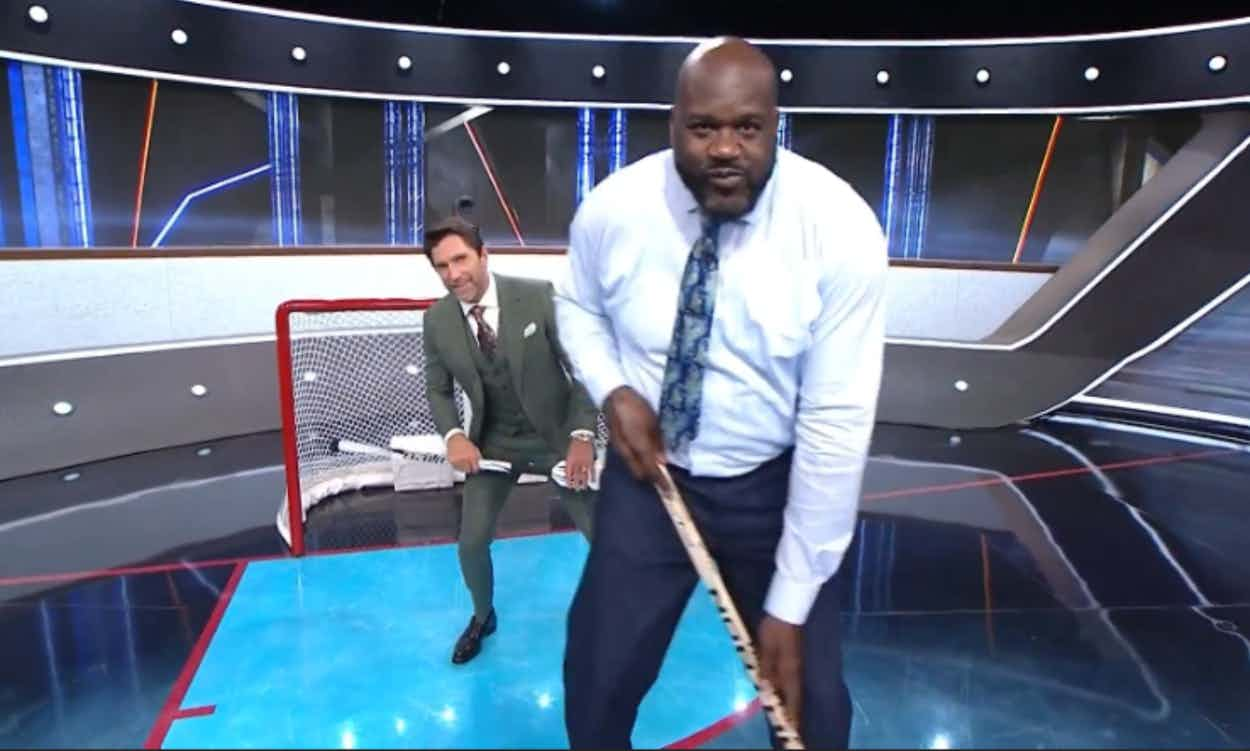The Trades That Shaped Us: How the Edmonton Oilers traded Wayne Gretzky and ended up with Gilbert Brule
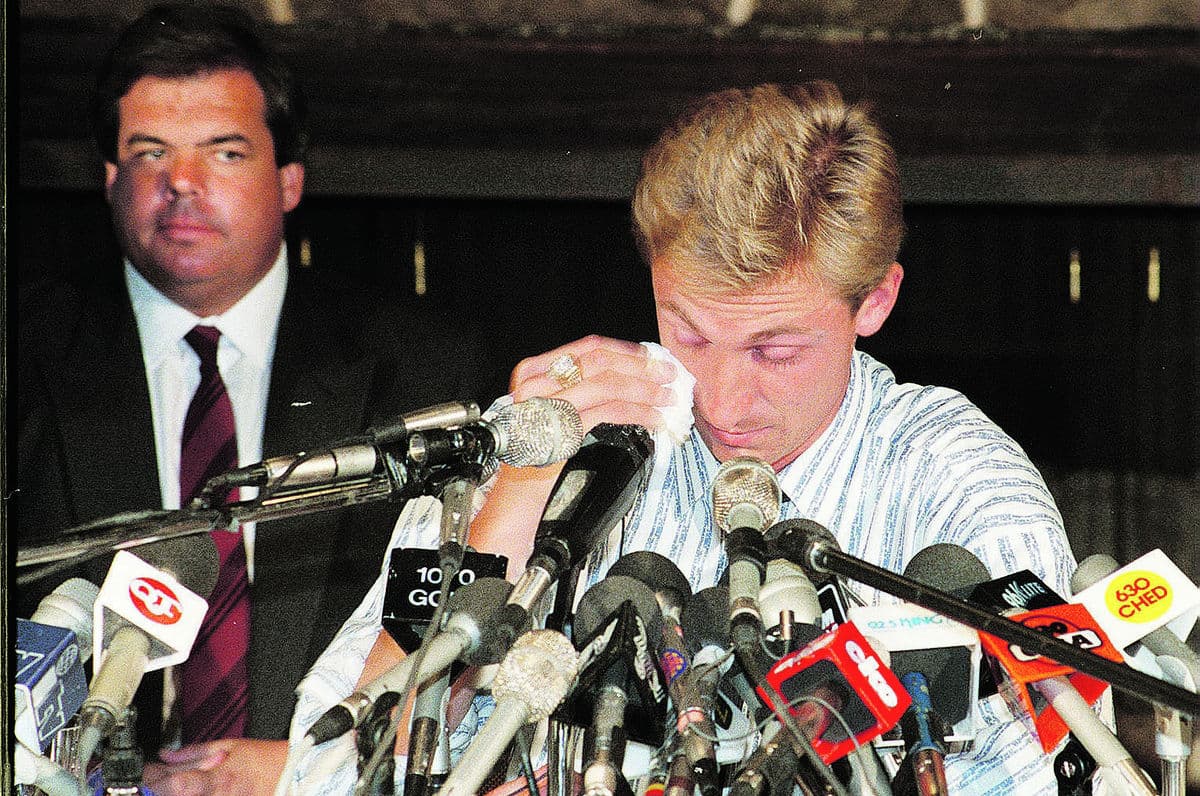
By Cam Lewis
4 years agoThe Trade. Those two words are all I have to say and you know exactly what I’m talking about.
On Aug. 9, 1988, Edmonton found out that their hero had been sold to Los Angeles. Fans took to Northlands Colisseum and burned an effigy of Peter Pocklington, the man responsible. The news shook not only the city, but the entire country. New Democratic Party House Leader Nelson Riis attempted to force the Canadian government to step in and stop the trade.
But that was that. There was no way around it. Gretzky was a King.
Los Angeles instantly made themselves the hottest show in hockey. For a non-traditional hockey market, bringing hockey’s biggest name to Hollywood was a game-changer. But what about Edmonton? What did they get out of this?
Well, besides the $15 million USD that Pocklington needed to save all of his failing business ventures? Though the return at a glance seems wildly underwhelming for the best player of all-time, The Trade had major ripple effects on the organization for many years to come. Did anything good come of it? Let’s find out.
The Trade: Wayne Gretzky, Mike Krushelnyski, and Marty McSorley for Martin Gelinas, Jimmy Carson, and first-round picks in 1989, 1991, and 1993.
1993 first-round pick: Nick Stadjuhar
We’ll get the quick and easy ones out of the way first.
The third and final of the three first-round picks the Oilers got in return for Gretzky was the No. 16 pick in the 1993 draft. Edmonton used their own pick, No. 7 overall, that year on a big, skilled forward named Jason Arnott. They then used Los Angeles’ pick to draft a defender, Nick Stadjuhar.
Though Stadjuhar had plenty of promise, he never became an impact player for the Oilers. While playing with the Cape Breton Oilers of the AHL, Stadjuhar suffered a concussion after getting into an altercation at a nightclub. His play took a steep decline afterwards.
He played two NHL games, flamed out, and his part of the trade tree ends here.
1991 first-round pick: Martin Ruchinsky
This will be another quick one.
Ruchinsky was the second of the selections Edmonton made with the Kings’ draft picks. In 1991, they used the No. 20 overall pick to take Czech winger Martin Ruchinsky. While Ruchinsky went on to have a good career in the NHL, virtually none of it happened in Edmonton.
Prior to the 1992 trade deadline, the Oilers dealt Ruchinsky to Quebec for goaltender Ron Tugnutt and winger Brad Zavisha. Tugnutt would serve as Bill Ranford’s backup for one season before getting selected by the Mighty Ducks of Anaheim in the 1993 Expansion Draft. Zavisha played two games with the Oilers, his only two games in the NHL, before getting dealt for Ryan McGill, who played eight games with the Oilers before retiring.
Ruchinsky, meanwhile, went on to score 241 goals and 612 points in 961 NHL games. Yikes! We’re off to a bad start here.

Martin Gelinas
Okay, things will start to get a bit more interesting here.
Gelinas was the No. 7 overall pick made by the Kings at the draft earlier that year. He had just posted a whopping 131 points for the Hull Olympiques of the QMJHL and appeared poised to become a star in the NHL. In his first full season in the league in 1989-90, Gelinas, along with the “Kid Line” of Adam Graves and Joe Murphy, helped the Oilers win their only post-Gretzky Stanley Cup.
Gelinas ended up having a really successful career, but he never became the star everybody hoped he would become in Edmonton. He played four full seasons with the Oilers, tallying 60 goals and 120 points in 258 games before getting dealt to the Quebec Nordiques for Scott Pearson.
A former No. 6 overall pick, Pearson never lived up to his potential in the NHL. He spent just a year-and-a-half in Edmonton before getting flipped for defenceman Ken Sutton. Remember that name. Let’s put a bookmark here for a minute because it ties into another part of the trade tree later on.
Jimmy Carson
The biggest part of the trade coming back to Edmonton was Carson, the former No. 2 overall pick. Carson was coming off a 107-point showing in his sophomore season in the NHL and he followed that up with a 100-point season with the Oilers in 1988-89. His time in Edmonton wouldn’t last long, though, as he demanded a trade in November of 1989.
He was traded to his hometown Detroit Red Wings (along with Kevin McClelland and a fifth-round pick) for Joe Murphy, Adam Graves, Petr Klima, and Jeff Sharples. This trade was instrumental in Edmonton’s Stanley Cup that year. Murphy and Graves, who are in the photo above, formed that aforementioned Kid Line with Gelinas, providing speed, energy, and depth during the team’s playoff run. Klima also scored a key overtime goal for the Oilers in triple-overtime of Game 1 of the Final.
Failed to load video.
See, it isn’t all bad! It’s going to start to get a bit wild here, so buckle up.
Klima would be a solid Oiler for four more seasons, putting up 209 points in 306 games in Edmonton. In June of 1993, Klima was dealt to Tampa Bay for a third-round pick, which the Oilers used on some guy named Brad Symes who never played in the NHL. Klima returned to Edmonton briefly in 1997, but this ends his part of the trade tree.
Sharples is another quick and out here. He never played a game with the Oilers but did help their 1990 Stanley Cup effort. He was moved ahead of the 1990 trade deadline to New Jersey for a familiar face, Reijo Ruotsalainen. The Finnish defender would win the Cup with the Oilers in 1990 before leaving the NHL to finish his career in Europe.
After a couple of seasons in Edmonton, Graves signed a five-year offer sheet with the New York Rangers that the Oilers couldn’t afford to match. An arbitrator ruled that the Rangers would give Edmonton rugged winger Troy Mallette as compensation for Graves. Mallette played a few games in Edmonton before getting dealt to New Jersey for David Maley, who was later claimed on waivers by the Sharks.
With all those parts of the trade tree wrapped up, we only have Murphy left to show for Carson. After three productive seasons in Edmonton, Murphy became too expensive for the Oilers. After sitting out the majority of the 1992-93 season, Murphy was finally dealt to Chicago for Dean McAmmond and Igor Kravchuk.
Kravchuk played parts of four seasons with the Oilers before getting traded along with Ken Sutton (remember, the name from earlier?) to St. Louis for Donald Dufresne and Jeff Norton. Dufresne’s career ended in Edmonton, but the Norton tree goes on for quite some time.
After one season, Norton got dealt for another defender, Jeff Bannister. At the following year’s trade deadline, Bannister got moved to Dallas for Bobby Dollas. Next up, Dollas was shipped along with Tony Hrcak to the Penguins for Josef Beranek. A couple of years later, Beranek was sent back to the Penguins for German Titov. When Titov left as a free agent, the Oilers got a compensatory draft pick, which they used on Jussi Markkanen.
Things get kind of absurd here, so I’ll run through it quickly. The Oilers deal Markkanen with a fourth-round pick to the Rangers for Brian Leetch (yeah, this happened) for the sole purpose of getting a compensatory draft pick when he inevitably signs elsewhere. Edmonton later uses that exact compensatory pick to RE-ACQUIRE Markkanen (along with Petr Nedved) from the Rangers under a year later. ¯\_(ツ)_/¯
Anyways, we all know the story with Markkanen. He nearly helps the Oilers win the Stanley Cup in 2006 when Dwayne Roloson is injured (if he were dressed for Game 1, who knows what happens!) and then he leaves to finish his career in Europe. OK! Moving along.

Circling back to the return for Joe Murphy, we have Dean McAmmond, the No. 22 overall pick from the 1991 draft. McAmmond was a good player in Edmonton for parts of six seasons, putting up 161 points in 303 games. At the 1999 trade deadline, he was shipped back to Chicago along with Boris Mironov and Jonas Elofsson for Ethan Moreau, Christian Laflamme, Chad Kilger, Daniel Cleary, and a second-round pick (Alexei Semenov).
Moreau would play 11 seasons for the Oilers, eventually getting named captain after Jason Smith was traded in the 2007 off-season. Cleary would spend four seasons in Edmonton before the team oddly chose to let him walk as a free agent. Semenov never panned out and was dealt to Florida for a fifth-round pick. Bryan Pitton, the guy the Oilers drafted, never played in the NHL. So that ends the tree for these three.
Kilger, a former No. 4 overall pick, had an unspectacular run with the Oilers over parts of three seasons before getting traded to Montreal for Sergei Zholtok. After 37 games in Edmonton, Zholtok got dealt to the Minnesota Wild for a conditional pick in the 2002 draft that the Oilers used on some guy named Jean-Francois Dufort.
Finally, we have Christian Laflamme, who played 61 games with the Oilers without scoring a goal. He was traded (along with Matthieu Descoteaux) to Montreal for Alain Nasreddine, who now coaches the New Jersey Devils, and Igor Ulanov. Nasreddine never played for the Oilers, but Ulanov became a fan favourite in Edmonton.
So, to recap, the Jimmy Carson part of the Gretzky trade tree played a very important role in the 1990 Stanley Cup, but the results afterwards were fairly bleh. Some good came of it, like Dean McAmmond and Ethan Moreau and Igor Unalov, but it’s mostly a lot of flipping random guy X for random guy Y a year later, which, to be honest, is a lot of what the 90s was for the Oilers.

1989 first-round pick: Traded
We’ll save the best for last. From this point on, things basically turn from the Gretzky trade tree into the dismantling of the Oilers dynasty core and what becomes of it.
The first pick Edmonton got from the Kings was the No. 18 pick in the 1989 draft. Before the draft, the Oilers flipped the pick to New Jersey Corey Foster, a defenceman who was picked No. 12 overall the year before.
A couple of years later, Foster was packaged up along with Jari Kurri and Dave Brown in a three-way deal with Los Angeles and Philadelphia that sent Craig Berube, Craig Fisher, and Scott Mellanby to Edmonton. This deal also reunited Kurri with his old linemate, Wayne Gretzky, in Los Angeles.
Mellanby was a solid player for the Oilers for two years, but he got snagged by the Florida Panthers in the Expansion Draft in 1993. Fisher never played for the Oilers, but Edmonton managed to deal him to Winnipeg for some cash. So the only player left is Berube, who also never actually played for the Oilers.
In September, just a few months after the aforementioned Kurri deal, Berube was involved on the other side of a cost-cutting deal. Berube got packaged with Glenn Anderson and Grant Fuhr and sent to Toronto for Vincent Damphousse, Peter Ing, Luke Richardson, Scott Thornton, and cash.
Ing and Richardson’s roles in the tree end quickly. Ing played 12 games for the Oilers before getting traded to the Red Wings for a seventh-round pick, which Edmonton used on Chris Wickenheiser (no relation to Haley). Richardson was a solid defenceman for the Oilers for six seasons before leaving the team as a free agent in 1997.
Next up, we have Scott Thornton, the No. 3 overall pick of the Leafs in 1989. Despite the hype of being a high pick, Thornton never became a star at the NHL level. He put together a quality, 941-game career, but plateaued as a good-not-great player. In 1996, Thornton was traded to Montreal for Alexei Kovalenko, who was key in Edmonton’s 1997 upset of the Dallas Stars in the playoffs.
A few years later, Edmonton flipped Kovalenko to Philadelphia for Alexandre Daigle, who was once billed as The Next One. Daigle had about as legendary of an Oilers career as Leetch did. He was flipped to Tampa Bay for Alexander Selivanov. Selivanov played just a year and a half with the Oilers before leaving as a free agent.

Finally, we have Vincent Damphousse. On a list of players who got away, Damphousse would rank very high for the Oilers. He played just one season in Edmonton leading the team in 1991-92 with 89 points. It appeared the Oilers could build their new team around him as their franchise centre, but, instead, they dealt him to Montreal for Shayne Corson, Brent Gilchrist, and Vladimir Vujtek.
Corson was also a good player, but he just wasn’t on the same level as Damphousse, so Montreal clearly got the better end of this deal. Corson played three seasons in Edmonton, scoring 137 points in 192 games. That’s solid, but it pales in comparison to what Damphousse did over the span of his career. When it was all said and done, Damphousse scored 1205 points over 1378 games and is one of the best players not currently in the Hall of Fame.
Corson ended up signing an offer sheet with the St. Louis Blues. As compensation, the Oilers received St. Louis’ first-round picks in 1996 and 1997, which they flipped back to the Blues for Mike Grier and Curtis Joseph.
This ended up being an excellent return for the Oilers. CuJo was a stud in net in Edmonton for a few years while Grier was also a solid middle-six forward. Both players played a big role on some of those lovable, underdog Oilers teams of the late-90s. CuJo would end up leaving for Toronto as a free agent while Grier was moved to Washington for a second- and a third-round pick in 2003.
The third-round pick was used on Zack Stortini, a fighter who spent five years with the club, and the second-round pick was packaged up with Janne Niinimma and sent to the Islanders for Brad Isbister and Raffi Torres. Isbister wasn’t around for very long. He was shipped after a year-and-a-half for a fourth-round pick that was quickly flipped for Yan Stastny.
This, of course, is key for the 2006 run. Torres established himself as a very effective middle-six winger that season and Stastny was moved along with Marty Reasoner and a second-round pick (which was used on Milan Lucic) to Boston for Sergei Samsonov. People forget about Samsonov, but he put up 15 points in the playoffs for the Oilers on that run.
Samsonov would end up leaving as a free agent that summer, leaving Torres (and Moreau from the Carson part of the tree) as the only connection the team had left for Gretzky. Torres would play two more seasons in Edmonton after the ’06 run before getting dealt to Columbus for Gilbert Brule. After Moreau was waived in 2010, Brule became Edmonton’s final connection to Gretzky.

Though Brule had a 17-goal season with the Oilers, he never ended up panning out and becoming the player everybody thought he would be when he was drafted No. 6 overall in 2005. I remember a year or so before the 2005 draft, there was talk that Brule would be Sidney Crosby’s biggest threat as the top pick. I think the Penguins made the right decision.
Brule would get claimed on waivers by the Coyotes in January of 2012, officially putting The Trade to bed.
While players acquired in the Gretzky deal did help the Oilers win the Stanley Cup in 1990, it’s very safe to say that the Oilers didn’t do well on this deal at all. I mean, whenever you’re the one dealing away the best player in the game, you’re obviously going to have a bad time. But even beyond the initial return, the ensuing Gretzky trade tree perfectly summarizes the overarching struggles the Oilers had in the post-dynasty days. The 1990s onward was just a neverending cycle of flipping players, struggling to find cash, and ultimately rolling the dice and often downgrading in terms of talent.
The Trade was the beginning of an incredibly difficult time for the franchise that I believe they’ve just finally gotten over in recent years now that there’s financial stability within the organization.
Recent articles from Cam Lewis

